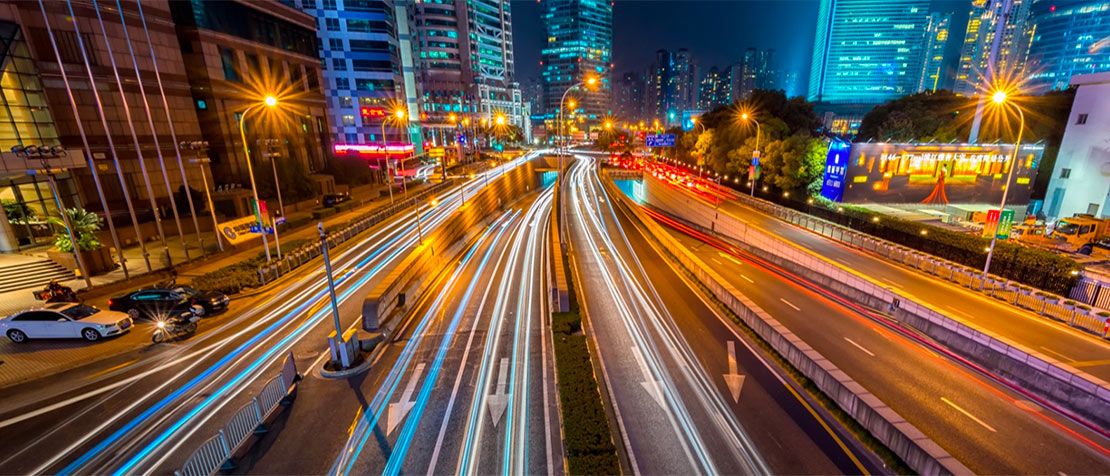
How UN collaboration is shaping the concept of ‘Circular Cities’
“Extending a lifespan or increasing utilization over that lifespan,” says Okan Geray, Strategic Planning Advisor for Smart Dubai. “These are the two key elements of circularity – create another life, or a life delivering more value.”
Applying this thinking to the workings of a city reveals a broad scope of opportunity to achieve ‘Circular Cities’, explains Geray.
Geray leads the Thematic Group on Circular Cities within the United for Smart Sustainable Cities Initiative (U4SSC), an initiative supported by 17 United Nations partners with the aim of achieving Sustainable Development Goal 11: ‘Make cities and human settlements inclusive, safe, resilient and sustainable’.
“The ‘Guide to Circular Cities’ provides cities with a framework to think about their opportunities to achieve circularity, define their priorities and take decisive action.”
“The guide is a world first. Outlining the wealth of opportunity to build circularity into cities, the guide presents a more holistic view of circularity than the now well-established idea of Circular Economy,” says Geray.
“The resulting concept of Circular Cities offers a new way of thinking about not only economic aspects of cities but also their social and environmental dimensions.”
< Download the ‘Guide to Circular Cities’ free of charge >
Guiding cities from evaluation to action
The Guide provides a ‘circular city implementation framework’ for cities to define the best course of action to improve circularity.
It outlines a four-step methodology for cities to assess opportunities for circularity, prioritize the opportunities capable of delivering the most value, catalyze associated circular actions, and evaluate the impacts of these actions.
“The first stage is all about baselining, almost a checklist for cities to take stock of where they stand today and where they aim to go,” explains Geray.
“The guide takes cities through the process of identifying the actions set to deliver the most appealing returns, informing cities’ work to develop a vision and strategy to improve circularity.”
The Guide begins by mapping all of the ‘assets and products’ found in a city to provide a high-level categorization of opportunities for circularity.
It proceeds by highlighting the ‘circular actions’ that cities could apply to these assets and products, actions including sharing, recycling, refurbishing, re-using, replacing, and digitizing.
It highlights the ‘outputs’ resulting from circular actions, outputs such as more energy-efficient buildings, a longer lifespan for water resources, or more inclusive uses of public spaces.
The Guide also highlights the wide range of ‘enablers’ that cities can apply to catalyze these actions.
“These enablers are potential policy tools to stimulate circular actions,” says Geray. “These enablers might include, among others, Key Performance Indicators, R&D programmes, public-private partnerships, training and capacity building, and financial incentives for circular actions.”
17 supporting case studies
U4SSC prizes learning from experience and sharing the lessons learnt. The Guide to Circular Cities refers to 17 supporting case studies.
“In mapping the many opportunities for circularity, the guide highlights staggering potential for cities to take action in the interest of circularity. The case studies provide just a glimpse of this potential.”
In Sri Lanka, a hotel built purely from materials sourced locally, built and staffed with local labour, enabled a community to develop a range of new skills and sources of income.
Cities in India are constructing new roads using recycled plastics, creating new lives for textiles through recycling, and sharing hotels’ excess food with people that might otherwise go hungry.
Canada cools buildings using deep lake water, improving buildings’ energy efficiency and then treating the water to circulate drinking water.
In Austria, youngsters and elders are sharing accommodation to share valuable space but also valuable skills and knowledge.
In UAE, the Dubai Government is sharing digital infrastructure and services resulting in increased utilization and operational efficiencies.
‘Libraries’ of tools and consumer goods in Canada, England and Finland are enabling home and business owners to rent various items and supplies rather than buy them, ultimately limiting waste.
In Australia, ‘participatory planning’ enables communities to organize gatherings in public or commercial spaces in the evenings or over weekends.
“In these case studies, we see cities not only sharing infrastructure and goods, but also skills and knowledge – they demonstrate the intrinsically social aspects of city circularity.”
Learn more about U4SSC
The United for Smart Sustainable Cities Initiative (U4SSC) is a platform for collaboration open to all smart city innovators. This collaboration benefits from the support of a diverse set of expertise drawn from the different specializations of the 17 United Nations partners supporting U4SSC.
More than 100 cities worldwide are evaluating their progress towards the UN Sustainable Development Goals (SDGs) using U4SSC Key Performance Indicators for Smart Sustainable Cities based on ITU standards.
The U4SSC implementation programme is supporting cities’ pursuit of the SDGs by working together with national administrations and city leaders in building a comprehensive approach to smart city development looking at both KPI evaluations and wider national contexts for planning and action.
For more information, visit the U4SSC homepage or contact Cristina Bueti at u4ssc@itu.int
